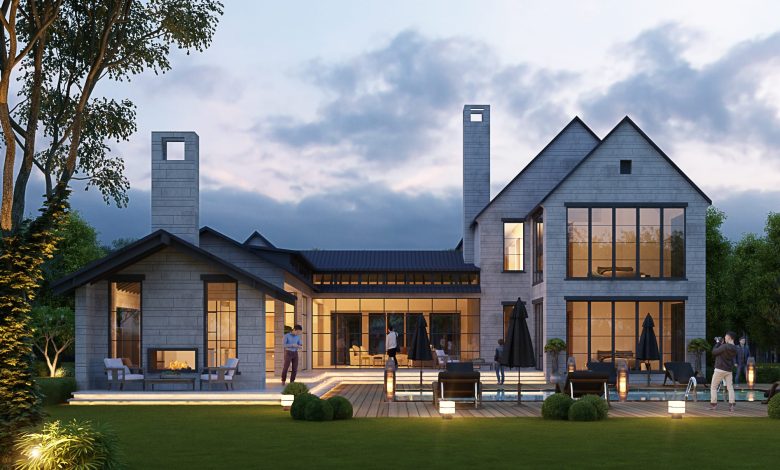
When it comes to architectural design, visualization plays a crucial role in bringing concepts to life. With 3D architectural rendering, architects, designers, and clients can bridge the gap between imagination and reality, creating stunning visual representations of their projects.
The Power of Visualization
Visualization is the process of creating mental images of something that does not yet exist or is not directly visible. In architecture, 3D rendering takes this concept to the next level by allowing stakeholders to see realistic depictions of buildings, interiors, and landscapes before they are built.
The Art of Rendering
At its core, architectural rendering is a blend of art and science. On one hand, it requires creativity, imagination, and an eye for detail to craft visually appealing images. On the other hand, it relies on technical expertise, software proficiency, and an understanding of architectural principles to accurately represent the built environment.
Key Elements of 3D Rendering
- Modeling: The process of creating 3D models of buildings, objects, and environments using specialized software.
- Texturing: Adding surface materials and finishes to models to simulate realistic textures such as wood, metal, and concrete.
- Lighting: Manipulating light sources to create shadows, highlights, and reflections that enhance the realism of the scene.
- Rendering: Generating the final image or animation using rendering software, which calculates the interaction of light with objects in the scene.
The Science of Accuracy
While artistic skill is essential in creating compelling visuals, accuracy is equally important in architectural rendering. Clients and stakeholders rely on renderings to make informed decisions about design, functionality, and aesthetics. Therefore, renderings must accurately represent the intended design to ensure alignment with project goals.
The Role of Technology
Advancements in technology have revolutionized the field of architectural rendering, making it more accessible, efficient, and realistic than ever before. Cutting-edge software and hardware solutions enable architects and designers to create highly detailed renderings with unparalleled precision and speed.
The Future of Architectural Rendering
As technology continues to evolve, so too will the field of architectural rendering. From virtual reality experiences to real-time rendering solutions, the future holds endless possibilities for pushing the boundaries of visualization and design.
Partnering with Render Vision
For exceptional 3D architectural rendering services that combine artistry with technical expertise, consider partnering with Render Vision. With a team of skilled artists and a commitment to delivering outstanding results, Render Vision is your trusted partner in bringing architectural visions to life.